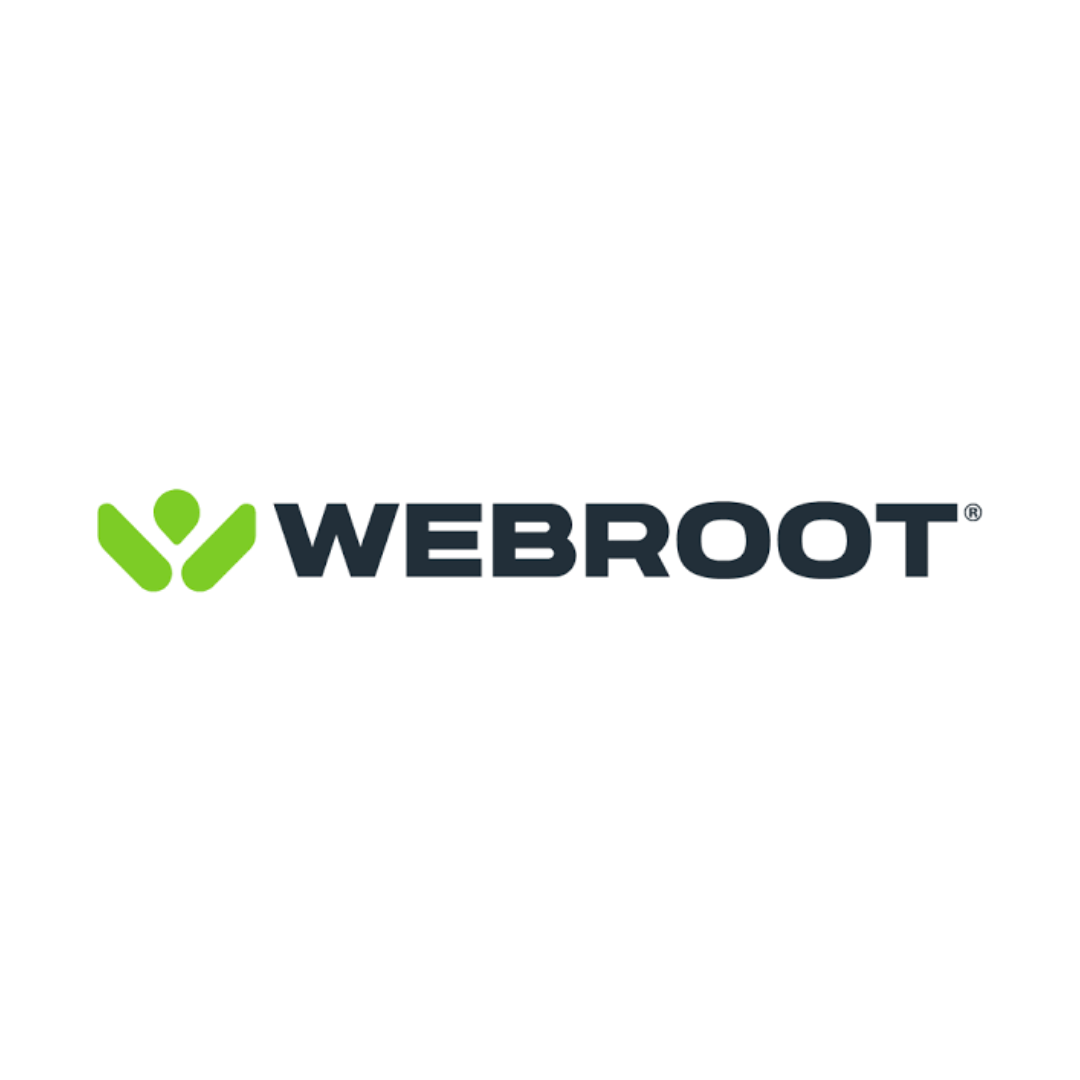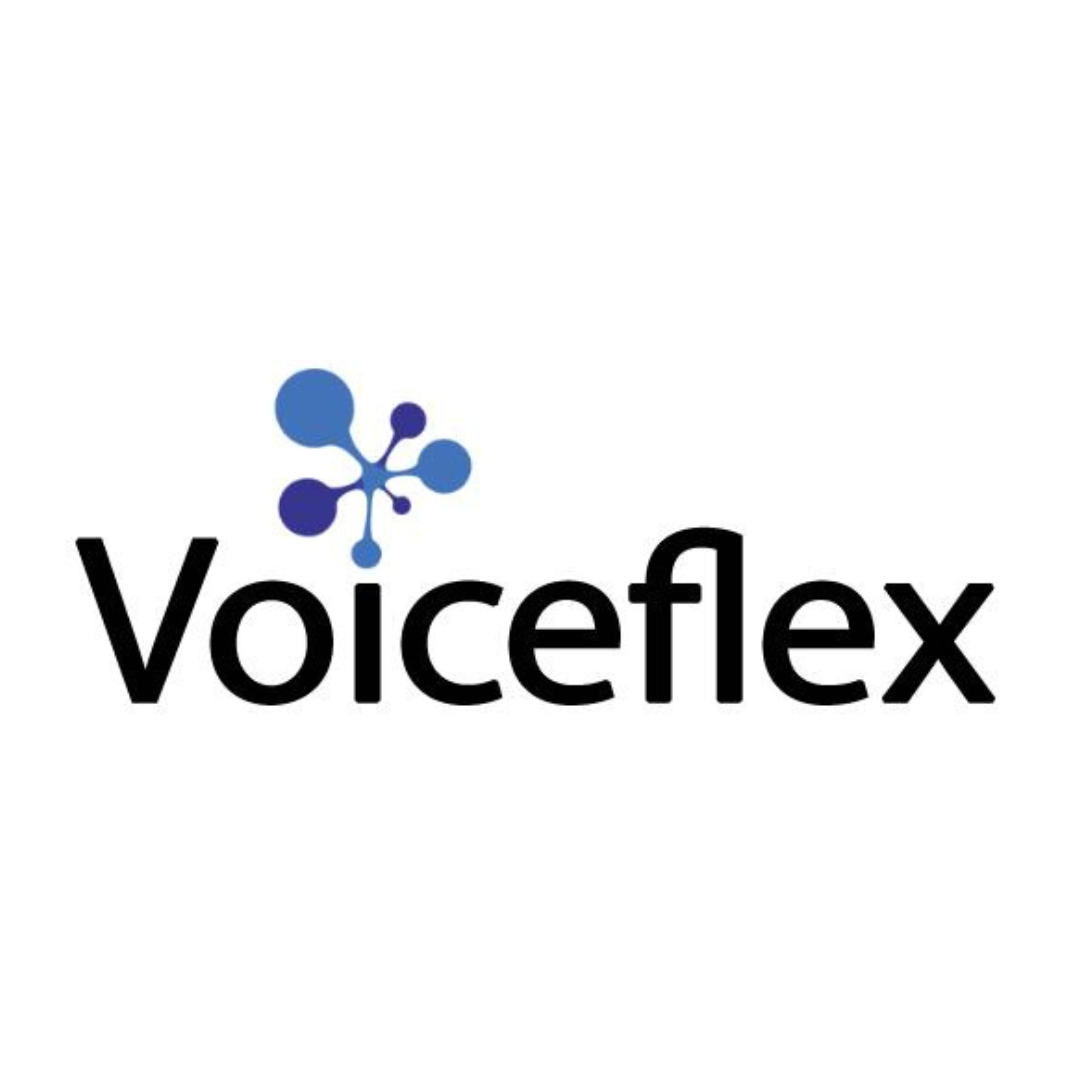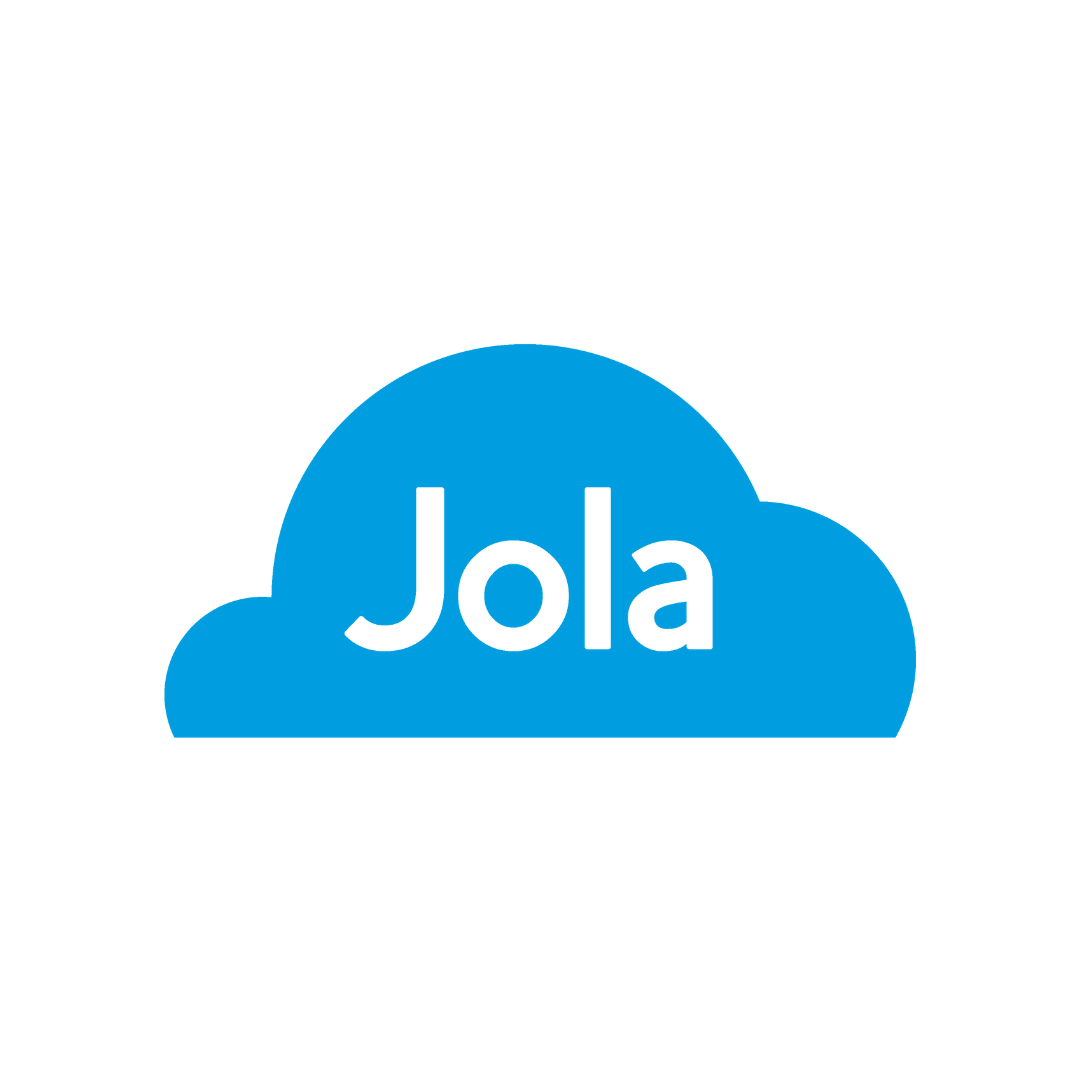Empowering Your Business with Tailored Solutions
Challenger provides integrated services in business mobiles, telephony, connectivity, and IT support. Our expert approach ensures your business stays connected, productive, and ready for growth.
Comprehensive IT Support You Can Rely On
Challenger’s proactive IT support keeps your systems secure, efficient, and up-to-date. With 24/7 assistance, cybersecurity measures, and regular maintenance, we manage your technology, allowing you to focus on growing your business with confidence and peace of mind.
Reliable Business Mobiles Tailored to Your Needs
Stay connected with Challenger’s business mobile solutions. We offer flexible plans, the latest devices, and secure management options to keep your team productive, wherever they are. With transparent pricing and 24/7 support, we ensure seamless communication for your business.
Advanced Telephony Systems for Seamless Communication
Challenger delivers modern telephony systems designed to enhance your business’s communication capabilities. From VoIP to cloud-based solutions, we offer scalable, reliable systems with expert support, ensuring uninterrupted communication and improved efficiency for your team and customers.
High-Speed Connectivity for Uninterrupted Operations
Our connectivity solutions provide secure, high-speed internet for businesses of all sizes. With partnerships across leading providers, we ensure reliable coverage, minimal downtime, and scalable options to meet your growing needs, keeping your operations running smoothly.
Integrated Combined Solutions for Maximum Efficiency
Simplify your operations with Challenger’s combined solutions. By integrating business mobiles, telephony, connectivity, and IT support into one tailored package, we create cost-effective, scalable solutions that optimise performance and support your business’s growth. Let us handle your technology, so you can focus on success.


















